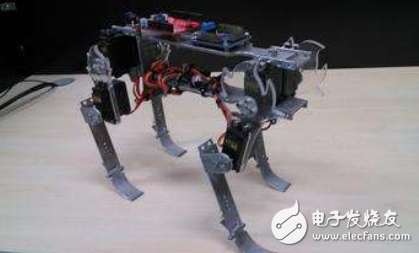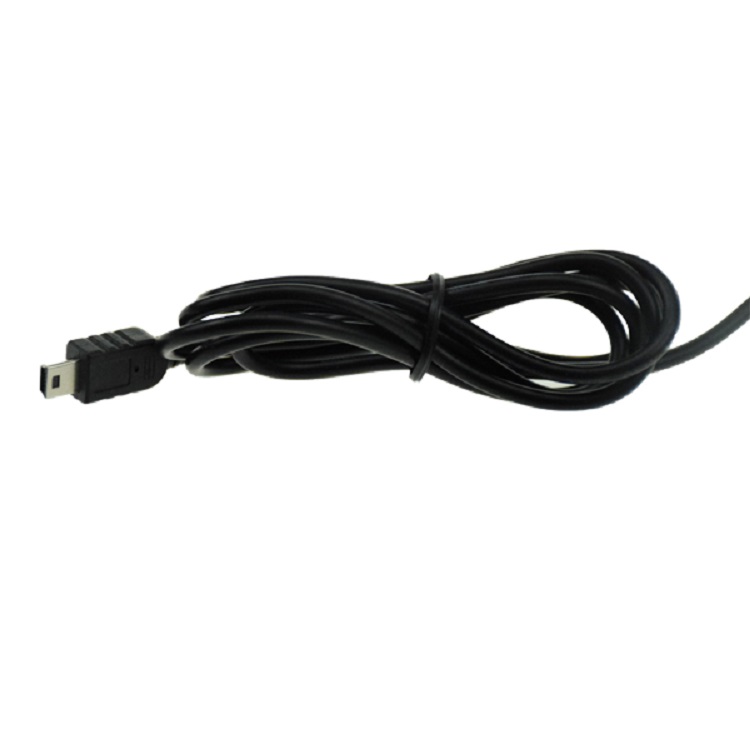The four-legged project is difficult. If the laboratory does not accumulate, research and development are still difficult to achieve. Recently, Japanese researchers have introduced a weak-force quadruped robot that can automatically generate gait, which is a breakthrough. Let's go!
For the development of four-legged motion robots, advanced controllers are generally used to make the robots perform their tasks more efficiently. But now, a group of researchers from Osaka University in Japan are trying different approaches.

For those who develop quadruped motion robots, it often takes a lot of time to develop robot gait control strategies to ensure that they are more stable when walking and adapt to different environments. In general, scientists use advanced controllers to allow robots to perform tasks more efficiently, such as assigning a given task to a robot or selecting the appropriate gait based on a particular terrain.
But now, a group of researchers from Osaka University in Japan are experimenting with different methods, relying on the interaction between the body of the quadruped robot and the surrounding environment, plus the support of some weak leg motors, without the need for any sensors. Or let the robot automatically generate gait under the condition of the controller.
One of the most powerful aspects of this concept is the ability to construct an oscillator model using the mechanical mismatch of low-torque DC motors to generate gait. The low-torque motor in each leg of the quadruped robot uses a purely physical mechanism to delay and adjust the phase of the leg: its own weak force. The robot has no sensors, no controller, only weak brakes, but can automatically generate various gaits.
In the relevant experiments, the only thing that needs to be changed is the input voltage of the four DC motors that drive the legs of the quadruped robot. The gait generated by the robot is spontaneously generated from the interaction between the ground and the motor of the robot: the strength of the motor is weak enough, but when the robot has a large force to push the four-legged movement, the operation of the motor will slow down and form. A balance that will allow the robot to keep its power synchronized while moving. In addition, the mode of motor synchronization depends on the moving speed of the four feet of the robot, and different speeds will result in different gaits.
The current configuration of the quadruped robot - 2.5 volts and 4 volts of voltage input, can exhibit two stable gaits. The 2.5 volt input allows the quadruped robot to move in a diagonal sequence, and the 4 volt input produces a laterally moving gait. In addition, when the input voltage is 1.5 volts, the quadruped robot can switch between several different gaits, but the performance is not stable. When the input voltage is 6 volts, the performance of the quadruped robot can be seen in the following video:
Researchers believe that gait changes and the inherent structure of the robot also have a certain degree of relevance, including how much the robot will remember when rolling and yaw, how much weight the body part has, and the height of the center of gravity of the robot. Essentially, the gait produced by the robot's own configuration is in some sense a "natural oscillation", and different robot configurations can produce different "oscillations", which in turn leads to different gaits. The researchers also said that their experiments may "interpret the physical mechanism of quadruped gait adjustment." Of course, if you want to make a final conclusion, you may need more evidence to support it.
Indeed, some might say that this "equipment" is not a robot at all - even from a technical point of view, it might be more accurate to call it a mechanical automaton. Despite this, the “device†founders still insisted on being robots, and they also published related papers at the 2017 IEEE International Conference on Robotics and Biomimetic.
DC Cable is the cable used for the products with DC (direct current) output like all AC/DC adapters including laptop Adapter , desktop adapter, wall plug adapter, Printer Adapter, and Linear Adapter and so on. The one end of dc cord is 2 or 3 open wires to connect with adapters or chargers, the other end of dc Power Cable is different dc jack, standard dc jacks for laptop adapter are 5.5*2.5, 5.5*2.1, 5.5*1.7, 4.8*1.7, 4.0*1.7, 3.5*1.35, , 3.0*1.0, 2.5*0.7, 2.0*0.6, 4.0*1.35, 6.3*3.0, 5.5*3.0 with pin, 7.4*5.0 with pin, 6.5*4.4 with pin, 4.5*3.0 with pin, 4 pin, 4 hole, 5 hole oval, 3 pin, 3 hole, etc, and standard dc jacks for tablet are 2.5*0.7, 3.0*1.0, 2.0*0.6, micro usb, and mini usb, etc.
Except dc jack, three main specifications are OD of cable, length of cable and materials specifications inside of cable. OD means outer diameter, it is normally 3.5mm for wall plug adapter, 4.0mm, 4.5mm, 5.0mm, 5.5mm for big power laptop adapter and other ac/dc adapter. Length is normally 1.2m, 1.5m, and 1.8m, also 2m, 3m, 5m are customized produce. The materials inside are pure copper, CCA ( copper and Aluminum) and CCS (copper and steel), pure copper is the best, CCA is second, CCS is the lowest, yidashun never uses CCS; And the thickness for the materials inside are normally 0.15mm2, 0.19mm2, 0.2mm2, 0.33mm2, 0.41mm2, 0.5mm2, 0.75mm2, 1mm2, 1.25mm2, 1.5mm2, 2mm2 and so on. Normally we use 0.15mm2 and 0.2mm2 for below 30W adapter, 0.41mm2 and 0.5mm2 for below 90W adapter, and 0.75mm2 and more thickness for above 90W adapter.



DC Cable,DC Power Cable,Dc Solar Cable,DC Connect Cable
Shenzhen Yidashun Technology Co., Ltd. , https://www.ydsadapter.com